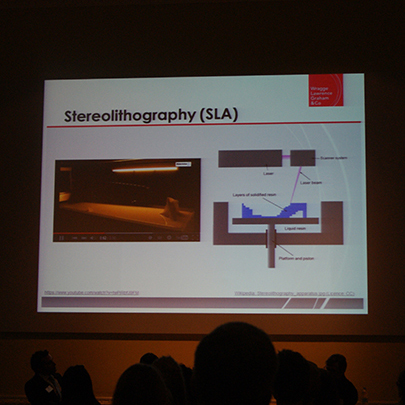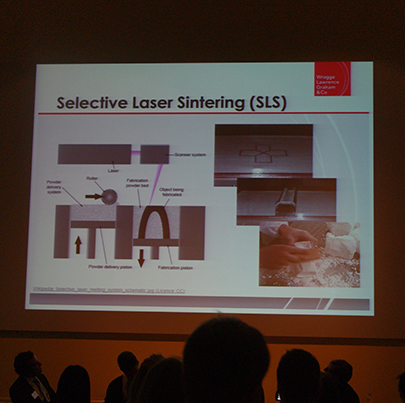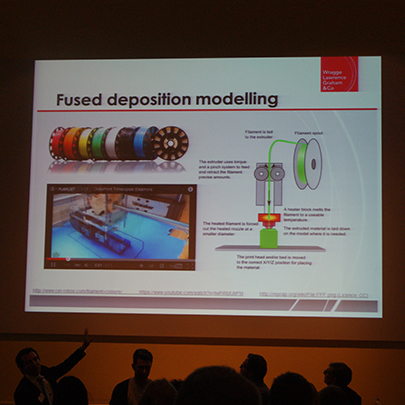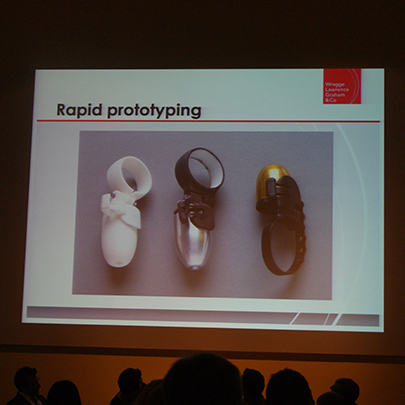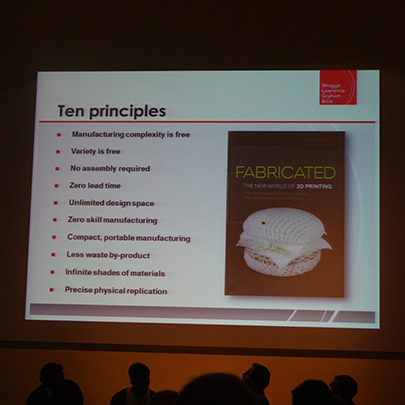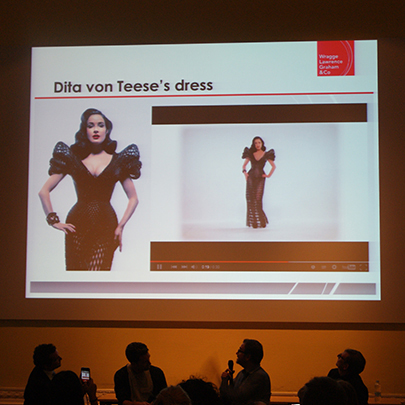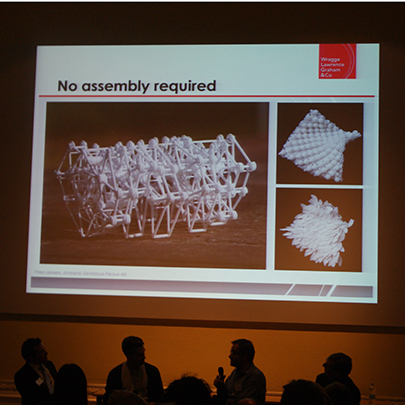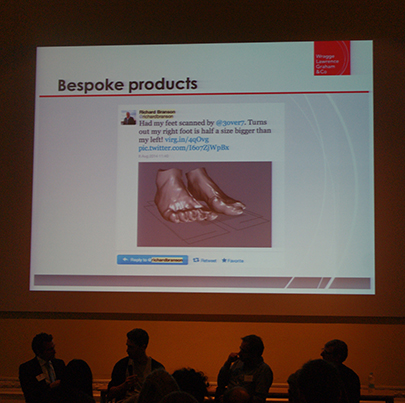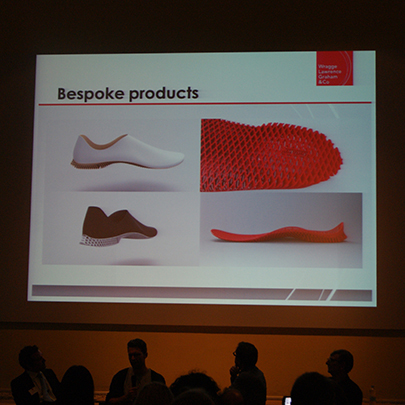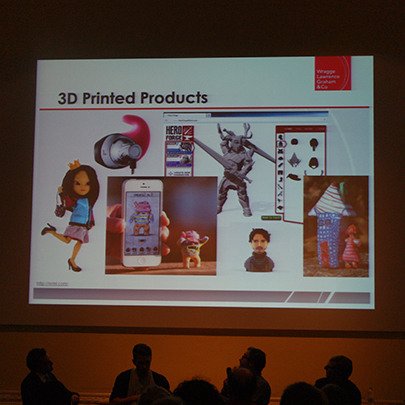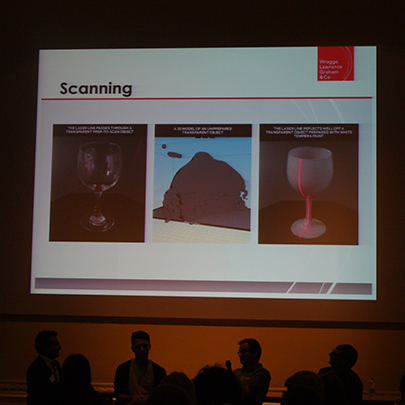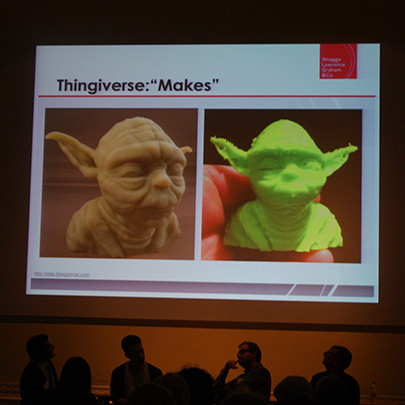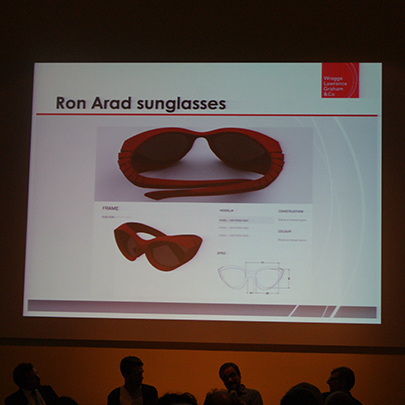A designer's guide to 3D printing
Hosted by Wragge Lawrence Graham & Co
The V&A Museum for The London Design Festival, September 2013
Wragge Lawrence Graham & Co. is a leading law firm with a particular strength in intellectual property (IP), discussed some of the IP law issues with regards to the theft of 3D printed or 3D printable Intellectual property.
3D printing technology was initially discussed, along with the scope of the various techniques for rapid prototyping, creation of bespoke products, and those which required no post-printing assembly. To illustrate, we saw the running shoes that were made made by scanning the athlete's feet and printing the bespoke shoes to match their exact size and shape. Other examples were pair of sunglasses that required no assembly post printing, as well as a 3D printed dress. 3D photocopiers were also discussed in terms of their current capabilities.
Issues regarding intellectual property theft were covered with respect to the theft of designs through the illegal uploading or downloading of digital files, or by using a 3D scanner to scan an existing product for illegal reprinting.
It was emphasised that in many cases, with current 3D printing technology, the final product was produced often only after complicated assembly processes, making the idea of theft of a product by simply downloading and printing less likely than imagined. It was highlighted that with existing scanning technology, the scanning and reprinting of an existing product usually creates a poor resolution copy, such as that shown on the left-hand-side of the penultimate image below.
Conclusion
With currently available 3D printing technology, the IP theft of such products seems less likely, although this may change as technology advances.

